Data exfiltration is the unauthorized transfer of information from a computer or network. Data exfiltration is also referred to as data theft, data extrusion, or data exportation. After a cybercriminal has compromised the network, data exfiltration can be completed manually or can be automated.
Today, much of organizations’ sensitive data — such as intellectual property (IP), payment information, or employee information — is stored digitally. Targeted cyber attacks seek out this information, infiltrating an organization’s network to copy or transfer this information and then using it to their advantage.
A solid cybersecurity program provides a strong defense against network compromises, but in the case an incident does occur, data loss prevention (DLP) solutions can be used to further prevent data exfiltration.
What MSPs need to know about data exfiltration
According to the Perch Security 2021 MSP Threat Report, data exfiltration has become the norm when MSPs are the target of a cyber attack. While modern MSPs are improving their security posture to better prevent these attacks, cyber criminals are also getting more creative. It’s recommended that MSPs assume a “breach mentality.” This means that preparing to safeguard your data in the case of a compromise that results in a breach is a necessary component to your cybersecurity approach.
Cyber criminals can access sensitive information through methods like credential theft, advanced persistent threats (APTs), or phishing. MSPs can protect against data exfiltration or data theft with DLP practices and software. This proactive approach to avoiding data exfiltration includes employee training to recognize phishing attempts, protecting endpoints, secure password practices and more.
The impact of data exfiltration
A recent GIA report projects that the global data exfiltration market will reach $103 billion by 2026. The stakes of cybercrimes are growing for organizations of all sizes, as data that is compromised during an attack is held for ransom or released on the dark web.
In the first three quarters of 2021, the number of data breaches had already surpassed the prior year’s total by 17% according to Fortune. These breaches threaten organizations’ reputation, as any release of sensitive customer information can threaten the trust they place in a brand’s name. Data exfiltration can go hand-in-hand with attacks that cause an outage, and access to IP or financial information can also threaten an organization’s profitability.
The threat of data exfiltration is a stark reality, and MSPs need to adopt a cybersecurity program that addresses DLP to minimize the impact of any breach.








